Fierce Fighters: 7 Secrets of Viking Seamen
Crazy facts about Vikings
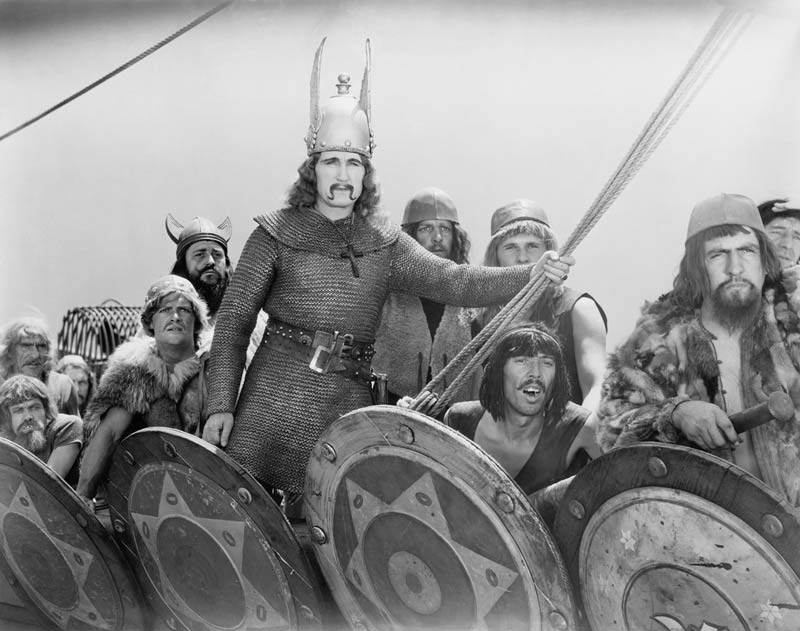
For more than three centuries, a shout of "Vikings!" struck fear in the hearts of Medieval Europeans. But the ancient Norsemen were more than bloody raiders — they also established elaborate trade routes and settled in many of the lands they plundered.
From their "magic" navigational tools to their sexy fashion sense, here are seven wild facts about the Scandinavian warriors.
Skilled Seamen
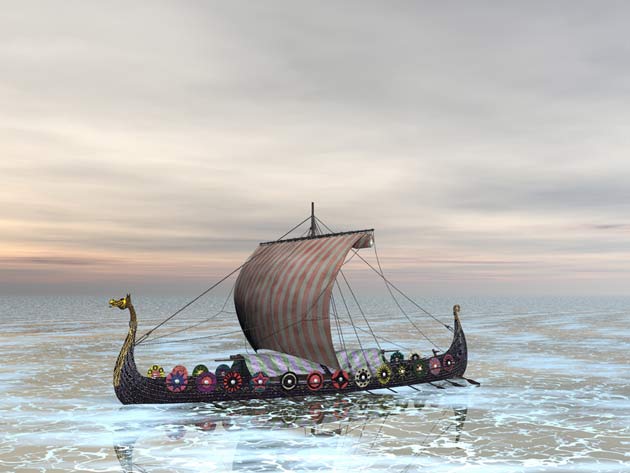
p> It's no secret that the Vikings were amazing sailors. Despite manning lightweight longships that were easily diverted by wind and sea, the Vikings managed to cross the Atlantic Ocean repeatedly to settle Greenland and Iceland. Leif Ericson even reached Greenland and Canada about 500 years before Christopher Columbus ever set foot in the Americas.
Midnight sun navigators
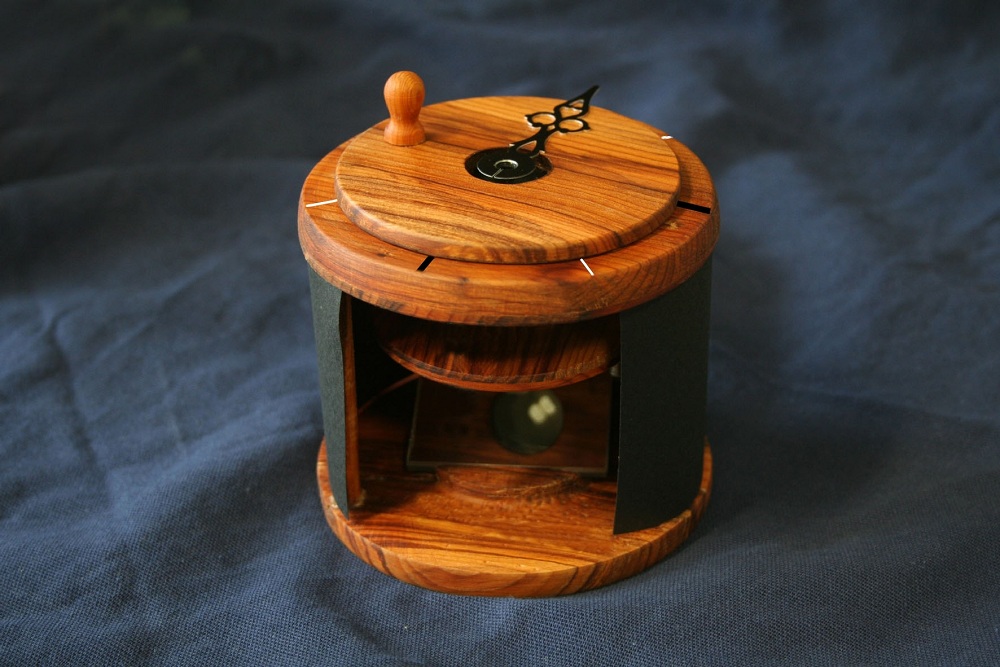
p> While Medieval sailors in the Mediterranean mostly hugged the shoreline to keep their bearings, Viking mariners sailed thousands of miles on the open seas with no clues from land to stay their course. What's more, Viking journeys skirted the Arctic Circle, meaning they could not rely on the stars to navigate in summer, when the sun never sets. To stay oriented in the land of the midnight sun, the expert navigators used sophisticated wooden sundials to travel along the north-south latitude. And on cloudy days when the sun didn't shine, they may have used "magic crystals" called Viking sunstones that polarized daylight to orient themselves.
Drugged warriors

The Norse sagas recount tales of Berserkers, furious Viking warriors who are whipped up into an uncontrollable rage during battle. While these warriors may have "gone berserk" from the bloody spectacle of battle, a 1956 study in the American Journal of Psychiatry proposed that Berserkers' crazy behavior was the result of drugs: specifically a bad trip from hallucinogenic mushroom species known as Amanita muscaria.
Trade routes
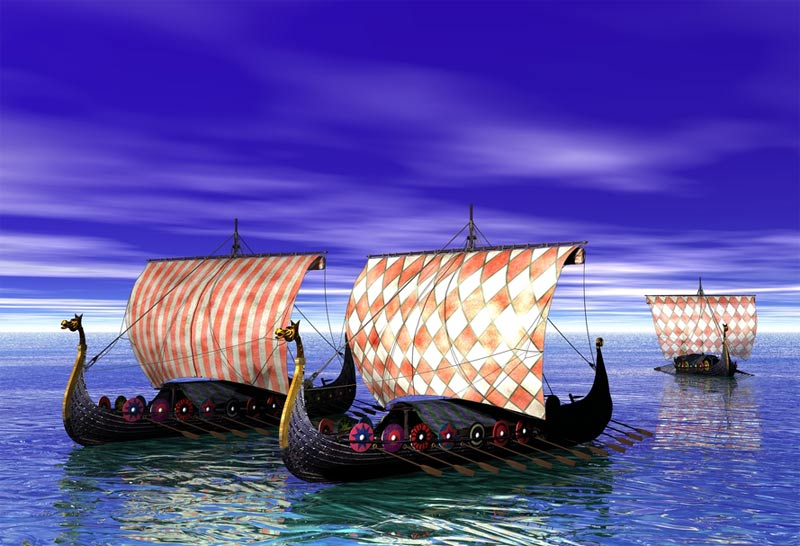
With overpopulation straining resources in Scandinavian farming culture, people eventually took to looting their Southern neighbors for slaves and war booty. Result? The terrifying Viking reputation was created. Yet these bloody raids weren't the center of Viking culture — the ancient seafarers also set up elaborate trading networks, distributing walrus ivory and polar bear skins from Greenland, silks and spices from Constantinople, and amber from the Baltic throughout Europe and Asia.
Helmet heads

Contrary to cartoon depictions, Viking helmets probably didn't have horns or wings. In fact, a rare complete helmet, from a 10th-century chieftain's grave in Gjermundbu, Norway, shows a simple iron covering with a peaked cap and a plain guard around the eyes to protect the wearer's nose. And the ladies didn't dress demurely either: One study found that Swedish Viking women dressed provocatively in rich, colorful robes and wore sparkly metal breastplates, with a pair of broaches placed at the top that showed off the ladies' figures.
Get the world’s most fascinating discoveries delivered straight to your inbox.
Pagan roots
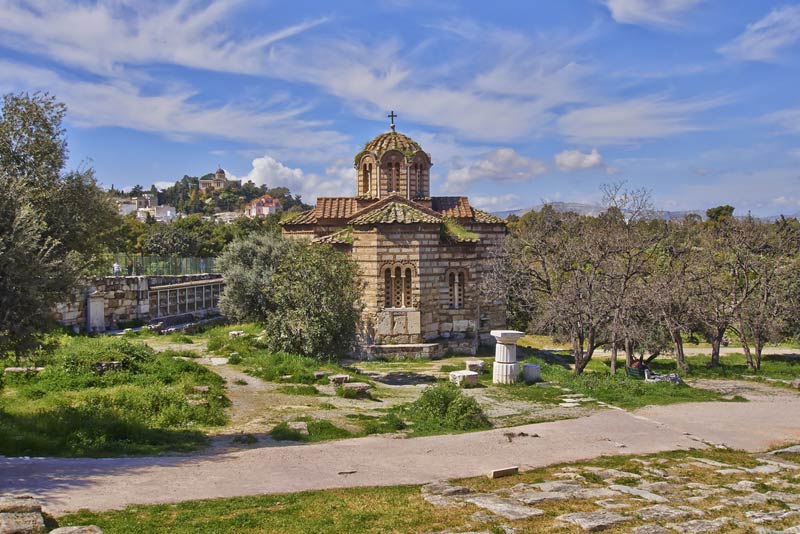
During much of their history, Vikings were pagans who believed in a pantheon of Gods, including Odin, his hammer-wielding son Thor, and fertility goddess Freya. The gods lived in Asgard, an alternate world connected to Earth by a rainbowlike bridge called the bifrost. Norse prophecy foretold that an epic end-times battle called Ragnarök would wipe out the Gods and unleash a cataclysmic flood that destroys the Earth. During the eighth through the 11th centuries, some of Vikings' favorite targets were treasure-filled, poorly defended monasteries and medieval churches along the coast of Europe. By the 12th century, most Vikings had converted to Christianity.
Fighting Irish

When Viking pirates invaded Ireland in the ninth century, they founded the Norse kingdom of Dublin, called Dyflin at the time, which they ruled for more than 300 years. Though the rulers ostensibly had Viking roots, they gradually melded with their Gaelic subjects, creating an amalgam culture.

Tia is the editor-in-chief (premium) and was formerly managing editor and senior writer for Live Science. Her work has appeared in Scientific American, Wired.com, Science News and other outlets. She holds a master's degree in bioengineering from the University of Washington, a graduate certificate in science writing from UC Santa Cruz and a bachelor's degree in mechanical engineering from the University of Texas at Austin. Tia was part of a team at the Milwaukee Journal Sentinel that published the Empty Cradles series on preterm births, which won multiple awards, including the 2012 Casey Medal for Meritorious Journalism.


